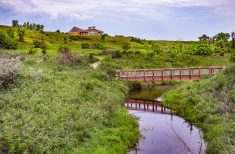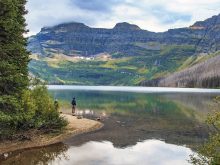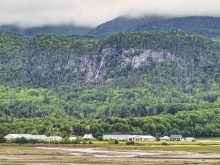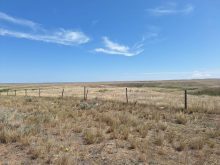The weather not only affects our crops and pastures, but our recreation and vacation time as well. We can make wonderful plans to go fishing, take a road trip or spend a day at the beach. But the weather often has other plans, serving up sudden storms, wind, hail, fog or this summer’s never-ending frustration — forest fire smoke.
Weather events can upset vacation plans, but they can be great for photography. A beautiful landscape on a clear, cloudless day is nice but add a dramatic sky from an approaching storm and things get cranked up a notch.
An impressive sky can even turn an otherwise ordinary-looking scene into something worth photographing. Some of our favourite photos have come from “bad” weather.
Canadian prairie skies are famous for putting on a show when storms are forming. This pre-storm period is an ideal time to capture breathtaking cloud formations while staying out of harm’s way. An easy though impressive formation to photograph is mammatus clouds because they tend to last more than a few minutes. These bubble-looking clouds form when cold air sinks. Mammatus clouds are often associated with storms, but are not threatening by themselves.
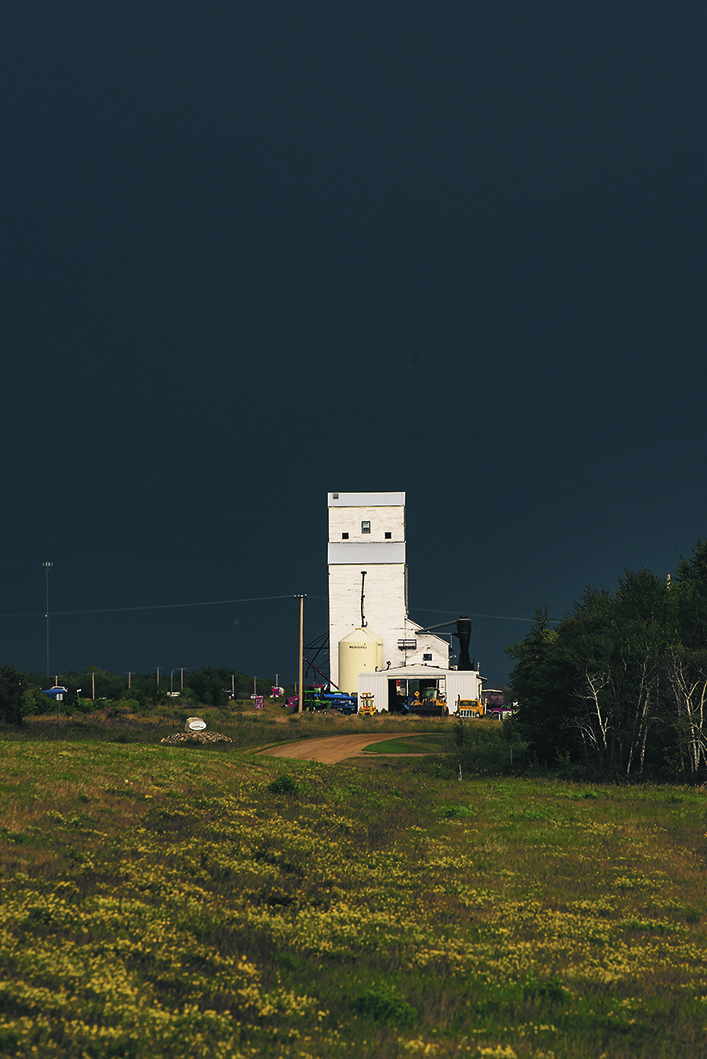
The aftermath of a storm can be just as rewarding, especially when the sun suddenly comes out after a rain. These are prime rainbow conditions. Rainbows are often fleeting so it’s best to get your camera ready as a rainstorm wraps up. We almost always use a polarizing filter to photograph rainbows. It helps to cut through the haze and makes colours more distinct and saturated.
Lightning is one of the more dramatic weather events, as well as being potentially dangerous. With a telephoto lens, you can photograph from a safe distance. Photographing from inside a building, or even a vehicle, provides a bit more protection.
Capturing a lightning strike isn’t easy during the daytime. We have a much better chance at night or late dusk when we can do long exposures.
How long depends on how dark it is, but around 20 to 30 seconds is a reasonable starting point.
With this technique, we don’t have to time the exact moment of the lightning. As long as it strikes anytime during that 30-second exposure, the lightning will be recorded.
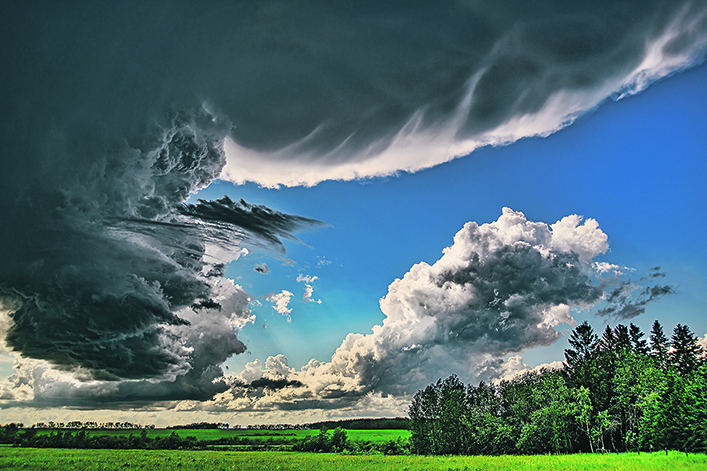
If your camera has the capability, set it to take a series of exposures. That way, the chances are better of getting a lightning bolt on one or more of those shots. A tripod is essential to steady the camera. And you can take shelter while the camera does its work.
Our favourite lightning photo also had a bird in the frame. A raven was flying by just as the lightning struck. Normally, photographing a flying bird with a 30-second exposure would cause a big blur. But because it was dark, the sudden burst of light froze the motion of the bird, in much the same way as we freeze the action using a camera flash.
Fog gives the landscape more of a calm, mystical look. Photography in the fog is less about distinct details and more about mood. Early morning is prime time, and it’s usually best to shoot into the sun to get the most interesting play of light through the fog.
The biggest photography challenge this summer has been forest fire smoke, making even attractive landscapes blah-looking. Smoke can sometimes look similar to fog, giving an ethereal look to the landscape. The best opportunities often come with the rising or setting sun or moon, which can look an eerie blood-red when filtered by smoke.
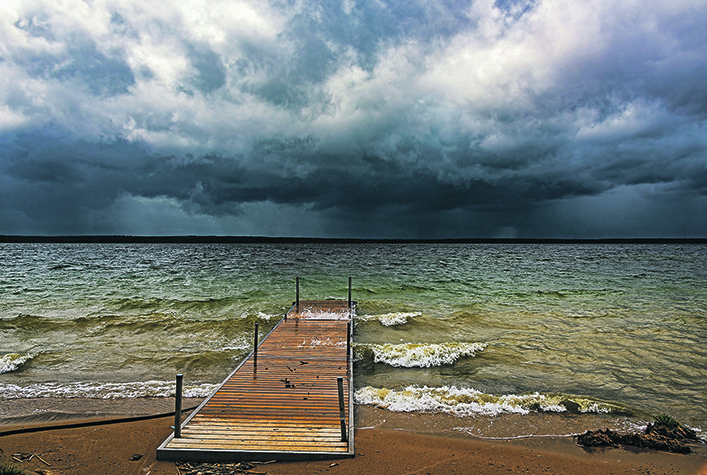
Another of our favourite photos was caused by smoke. We went to Foam Lake Marsh in eastern Saskatchewan, a major waterfowl staging area, intending to photograph the migration. We camped overnight to be there for sunrise, but by morning the wind had shifted, bringing in forest fire smoke so thick that we could barely see the lake. Thinking that this was a lost cause, we left. But the rising sun shining through the thick smoke turned an other-worldly reddish-orange, like something out of a science fiction movie.
To top it off, a flock of sandhill cranes flew across the ghostly sun.
With photography, there’s always a Plan B.
Arlene and Robin Karpan are well-travelled writers based in Saskatoon. Contact: travel@producer.com.





